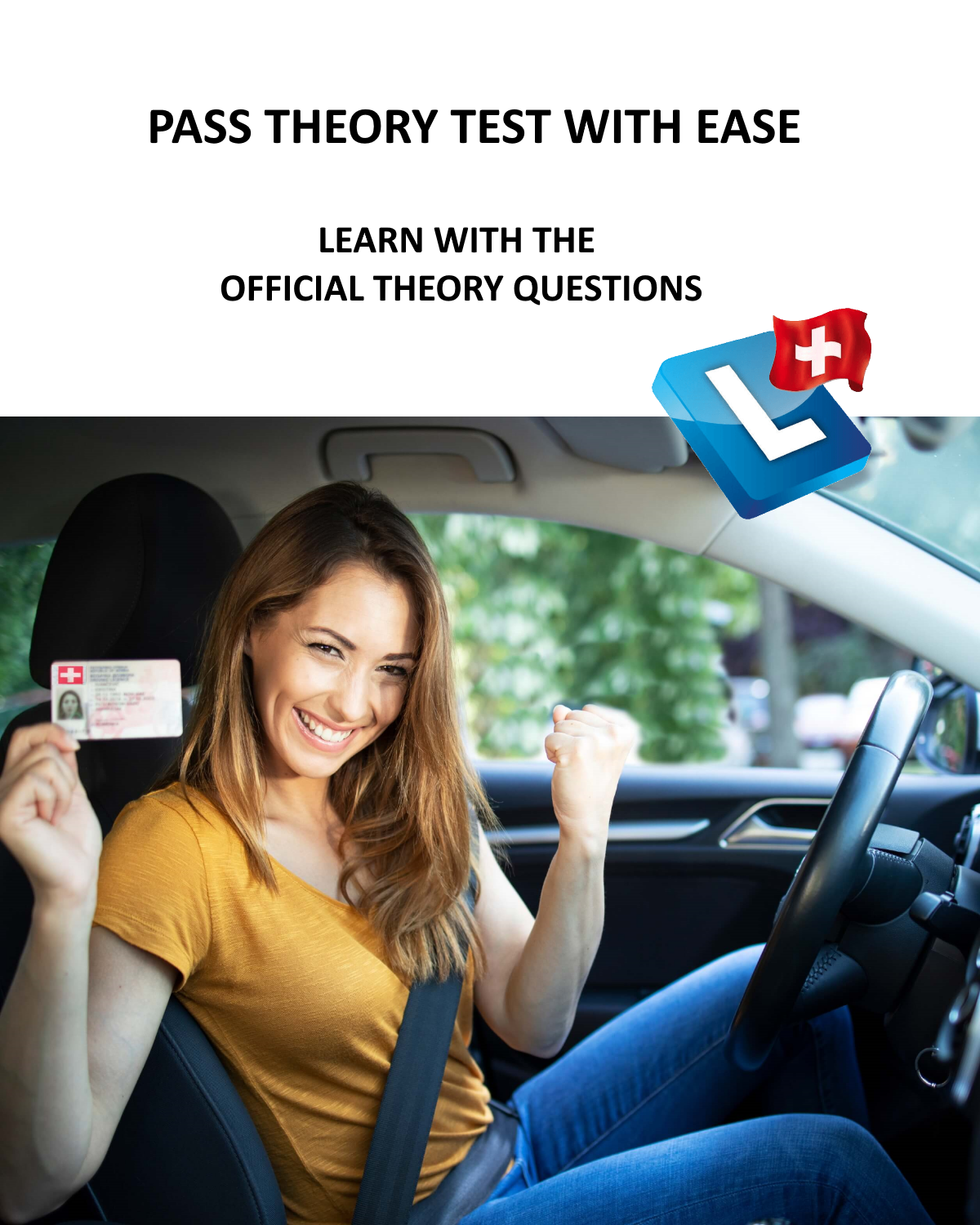Stopping distance, braking distance, reaction distance
The stopping distance begins when the danger is detected and ends when the vehicle comes to a standstill. It is composed of the reaction distance and the braking distance. The stopping distance depends on the speed, the driver (condition, alcohol, reaction time …), the road (wet, dry …) and the vehicle (brakes, shock absorbers, tyres …).
The reaction time, the reaction path begins the moment the danger is recognised and lasts until the brakes are applied. The average reaction time is one second. However, it depends to a large extent on the driver’s condition (state of health, alcohol, medication, tiredness, etc.).
The reaction time is shortened by about two thirds if the driver is prepared for braking (prepared for the danger, foot on the brake pedal).
The reaction distance is the distance the vehicle travels during the reaction time (from recognising the danger to the effect of the brakes). It therefore depends on the driver and the speed of the vehicle.
The braking distance is mainly influenced by the speed of the vehicle and the condition of the road and the condition of the vehicle.
At double speed the braking distance increases fourfold, at triple speed it increases ninefold.
In very bad conditions (snow, wet leaves etc) the braking distance becomes many times longer.
You can see very well how important it is to drive with foresight, to observe carefully, to reduce speed in good time and to be ready to brake.



